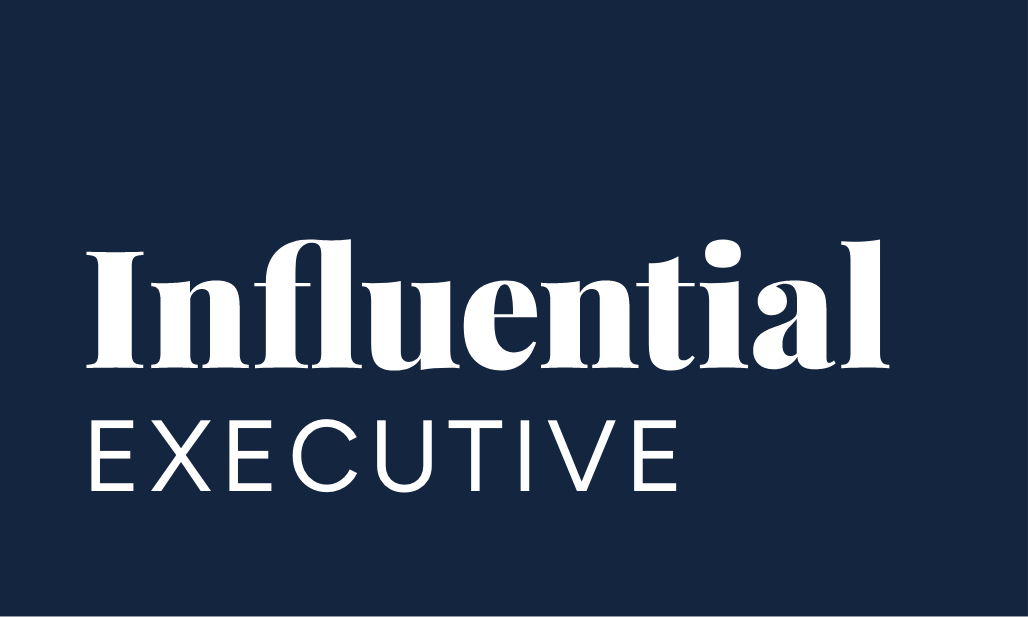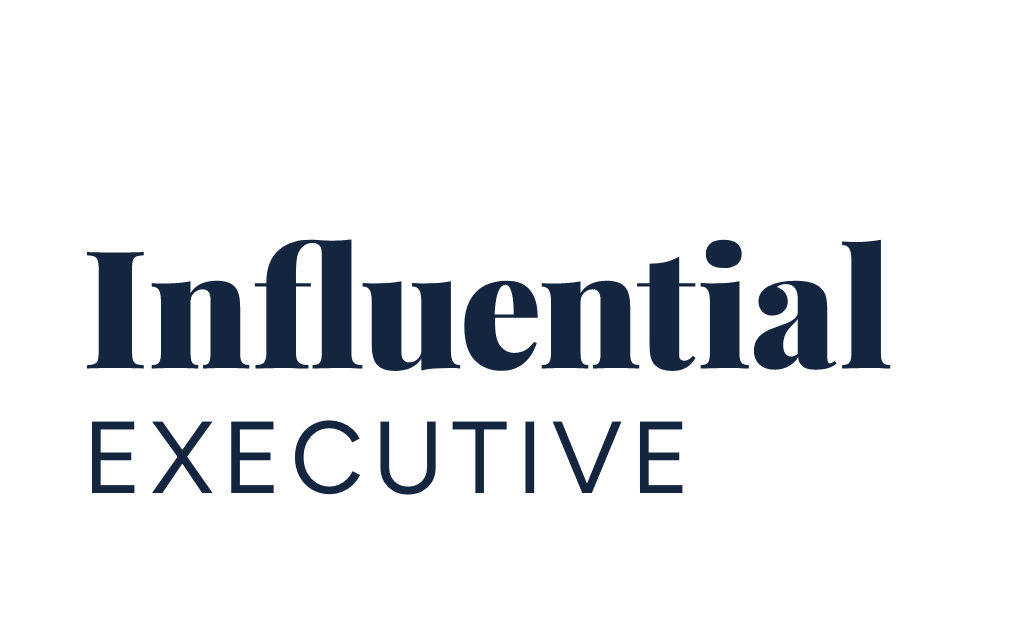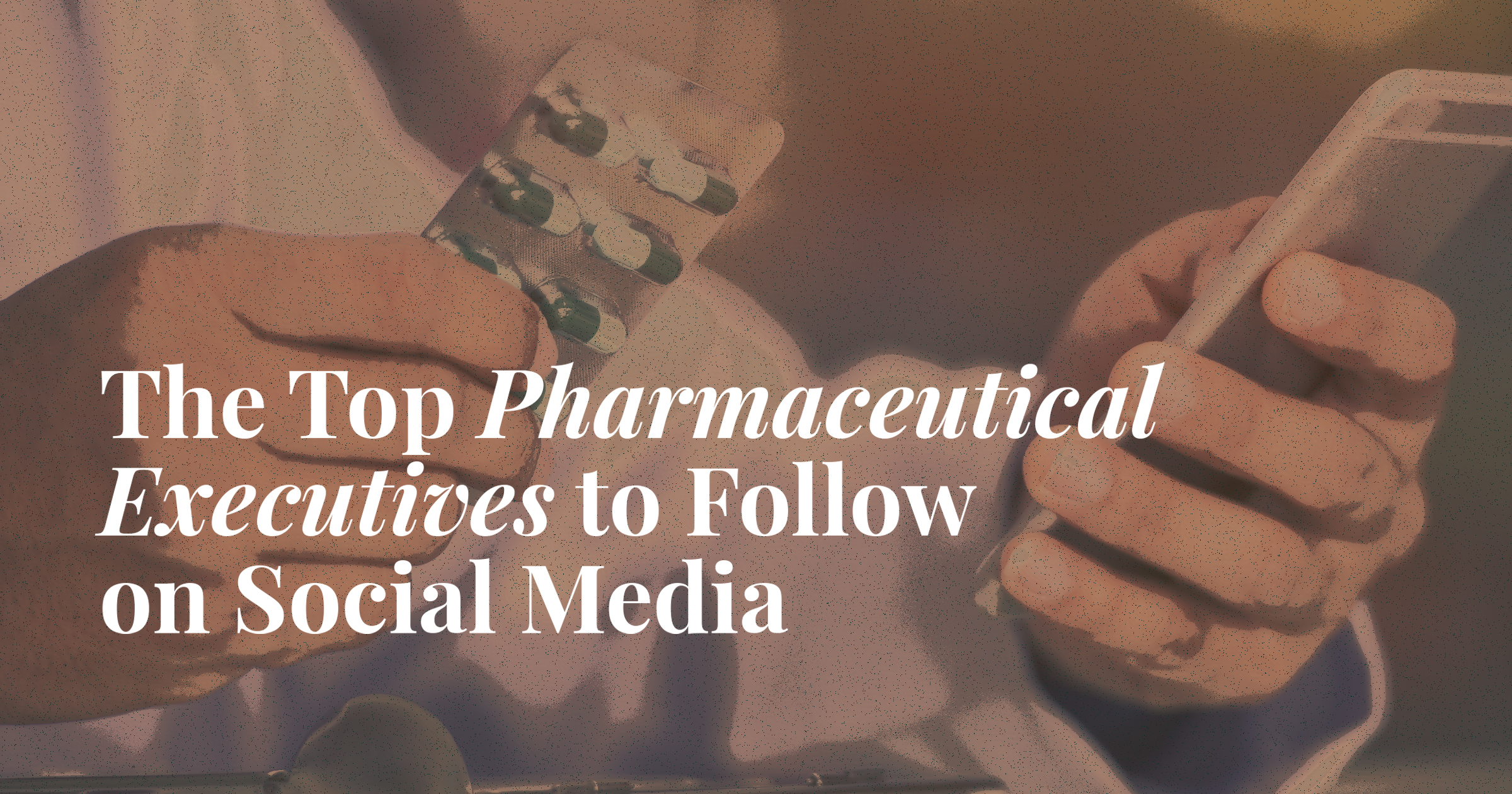With the COVID-19 pandemic and recent news of the Pfizer-BioNTech and Moderna COVID-19 vaccine being distributed around the world, the past year has been an especially important time for the pharmaceutical industry. Since the outbreak, pharmaceutical companies started to research and develop a vaccine for the virus. These companies have become a primary part of the solution with many believing that the creation of a successful vaccine will bring society out of lockdowns.
It has become increasingly important for executives of pharma companies to step up and use their platforms to address the pandemic’s impact, keep the public informed about advancing technologies and vaccine developments, and other relevant initiatives that will help the world get through the pandemic.
This has also been a chance for industry executives to redefine the image of “Big Pharma.” Big Pharma is used to collectively refer to the global pharmaceutical industry, but is a term that has built a negative connotation of being large, faceless corporations that don’t have the public’s best interests in mind. Building trust with the public has been a crucial part of the process for pharma companies during the pandemic. Additionally, many questions and concerns have arisen about vaccines, primarily about efficacy and risks.
In this article, we highlight CEOs of leading pharmaceutical companies that are using social media to keep the audience informed while simultaneously helping to redefine the industry’s image.
Vas Narasimhan, CEO of Novartis
The CEO of Novartis is very active on LinkedIn where he has amassed over 212K followers. On this platform, he primarily shares original thought leadership content, posts that engage with followers, and in-depth posts about company agendas, initiatives, and updates. His personable approach, which is achieved through a casual yet informative tone in both his written and video content, helps to humanize his company. Creating an approachable persona ultimately helps to foster trust within customers and makes him a more relatable executive.
Narasimhan’s content also revolves around fostering community and supporting people during the pandemic. Whether he is sharing motivational messaging or company-related content, his posts are values-based and frequently involve the message of improving the world for the better. Regardless of what industry your brand’s executive is in, messaging that revolves less around quarterly profits and sales and more about the company’s mission can help the audience understand what drives your company’s objectives.
Narasimhan also uses social media to call attention to historically significant milestones in the pharmaceutical field, which helps to highlight positive initiatives in the industry. For instance, he shared a post (shown below) when Novartis signed the Bill and Melinda Gates Foundation Joint Communique, an initiative committed to ensuring broad and equitable global access to forthcoming COVID-19 vaccines, diagnostics, and therapeutics. The Communique was signed by various other pharmaceutical companies, as well. Narasimhan’s post serves as a larger commentary for his company and field, as he notes that the Joint Communique commemorates how “life sciences companies have come together in unprecedented ways” and that this type of initiative was a “first for [the] industry.”
For executives, when they or their company take part in important initiatives, it’s important to share this on social media. This is an effective way to draw more attention to important causes while also demonstrating that a company values.
Follow Vas Narasimhan for more thought leadership content related to the pharmaceutical and healthcare fields.
Albert Bourla, CEO of Pfizer
The CEO of Pfizer uses his LinkedIn account frequently and has over 78K followers. He has dedicated his social media feed to highlighting his company’s progress of the COVID-19 vaccine. Since Pfizer is one of the currently approved vaccine providers (Pfizer-BioNTech), it is important for the company and its executives to keep the public apprised about relevant information and updates surrounding the vaccine.
During the pandemic, the pharmaceutical industry has faced many rapid changes in terms of research, technology, and development. Because of this, Bourla has used his LinkedIn platform to provide relevant updates and celebrate company milestones, which provides followers with a higher level of transparency and an appreciation for industry employees. For executives, we recommend paying careful attention to key trends and other shifts in your industry. By sharing this type of content with your followers, you and your social media feed become important sources of information for the audience.
Executives and brands who show transparency in their messaging have resonated the most with customers during COVID-19, and with the entire world relying on pharmaceutical companies to provide solutions, transparency is even more crucial. As well, with so much misinformation on COVID-19 and vaccines circulating on the internet, it’s even more important for customers to receive information straight from the source.
Follow Albert Bourla for more information and credible resources about the Pfizer-BioNTech COVID-19 vaccine and its distribution.
Alex Gorsky, CEO of Johnson & Johnson
Alex Gorsky, the CEO of Johnson & Johnson (also known as J&J), has a LinkedIn of over 48K followers. While he doesn’t post very frequently, when he does he primarily highlights the company’s equitable efforts.
Similar to other pharmaceutical executives, many of his posts include how his company has been researching and developing a COVID-19 vaccine. However, Gorsky’s larger commentary focuses on the humanitarian efforts that are closely tied to global health and the distribution of vaccinations.
One example is his post about the Race to Health Equity platform, wherein he addresses racial inequalities that affect marginalized groups’ access to healthcare. When new company initiatives are launched, they are most often shared on the brand’s social media accounts. However, executives can also share these types of announcements and make them more personal, which Gorksy has done by including the phrase, “I invite you to learn more.”
Similar to Vas Narasimhan, Gorksy also addressed the Joint Communique in a LinkedIn post. Overall, his messaging focuses on the concept of vaccine access for everyone, as well as the issues surrounding equal access to healthcare. His dedication to informing followers about these issues, and the initiatives his company is taking to tackle them, helps to humanize and foster a positive brand image for Johnson & Johnson.
While Gorsky has not posted on his LinkedIn since last month, it will be worth keeping up with his social media platform, especially following recent news of the J&J vaccine, a single-shot vaccine that is projected to be approved by March 2021.
Follow Alex Gorsky to see which philanthropic efforts are being addressed by pharmaceutical companies.
Common Trends among Executives in the Pharmaceutical Industry
While these three executives each take a slightly different approach on their social media platforms, there are a few common trends we noticed across the board. First is the dedication to aligning big pharmaceutical companies with philanthropic efforts, such as providing equal global access to COVID-19 vaccines. Companies who use their leaders to act as the primary spokesperson can effectively humanize a brand, which is especially important for businesses in the pharma industry given the negative connotation they have received in the past.
As well, initiatives such as the Joint Communique indicate a marked shift in how pharmaceutical companies are interacting with each other. Instead of competing, the pandemic has shown how important it is to come together and work collectively. Pharmaceutical companies have the power to change the world, and this responsibility is being taken seriously through collaborative efforts like these.
Other trends include in-depth progress on vaccines, research, and developing technologies through industry reports, data, and articles. This provides social media users with an insightful and credible source of information.
For executives of pharmaceutical brands, we believe that the three CEOs highlighted in this article are effective examples of how social media can be used to disseminate important information, foster trust among consumers, and build a positive company reputation.
These days, executives in the pharmaceutical, life sciences, and healthcare industries are using social media to enhance their credibility and reach large audiences. If you’re interested in learning more, click the button below to learn how we grew a healthcare executive’s retweets by 850%!
href="#" data-color-override="false" data-hover-color-override="false" data-hover-text-color-override="#fff">Click here to read our case study!

